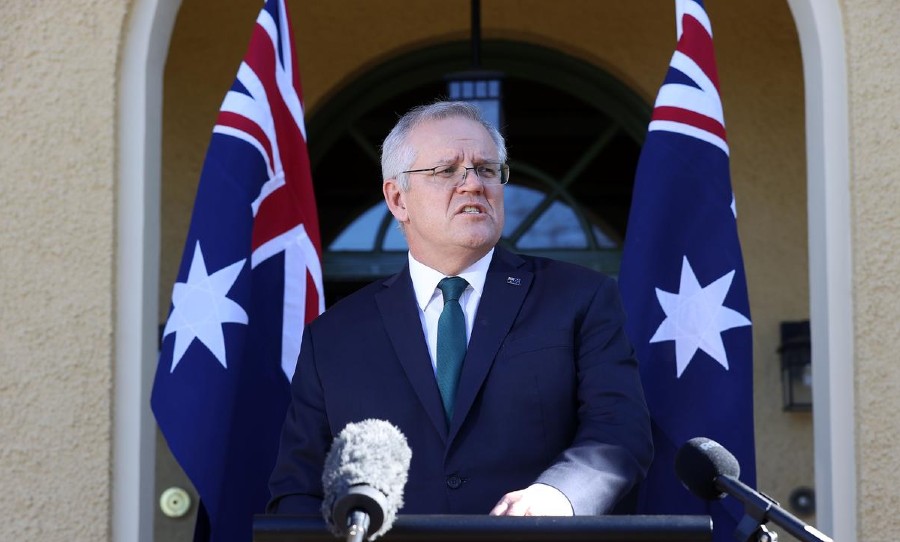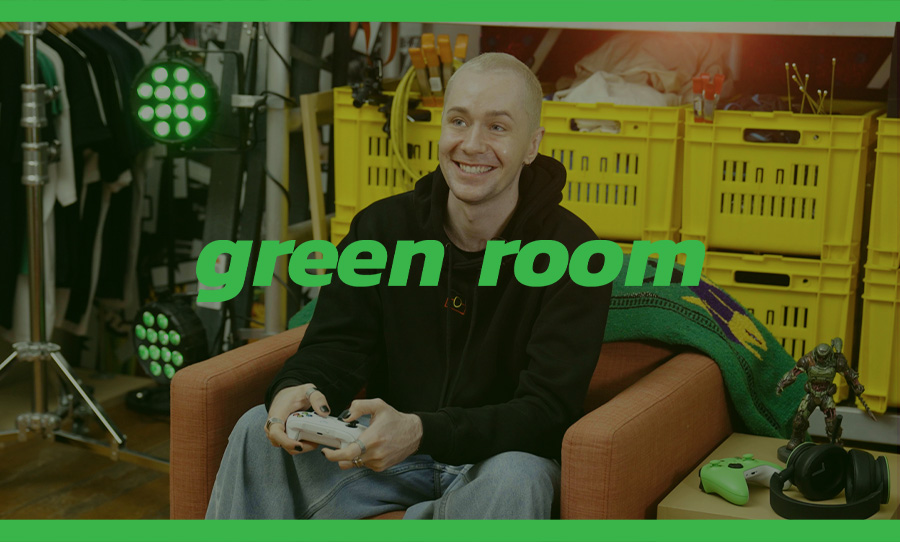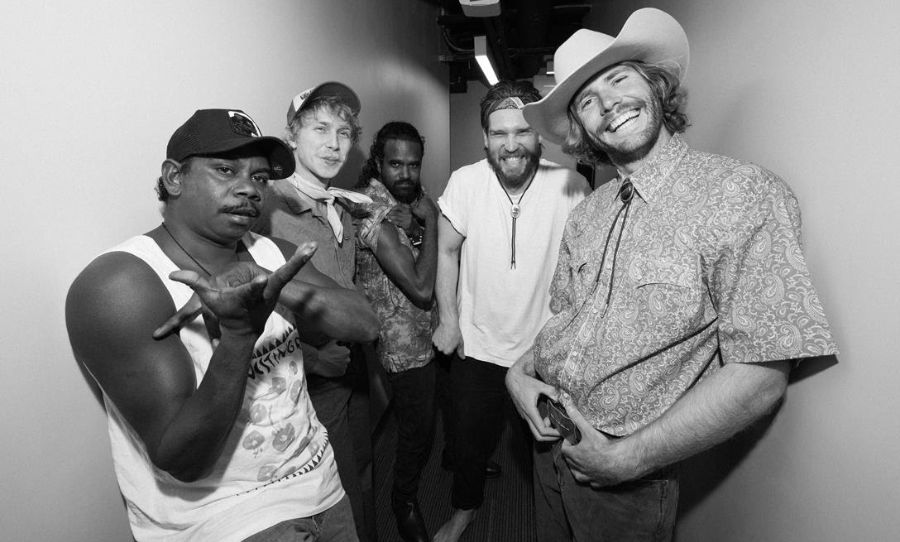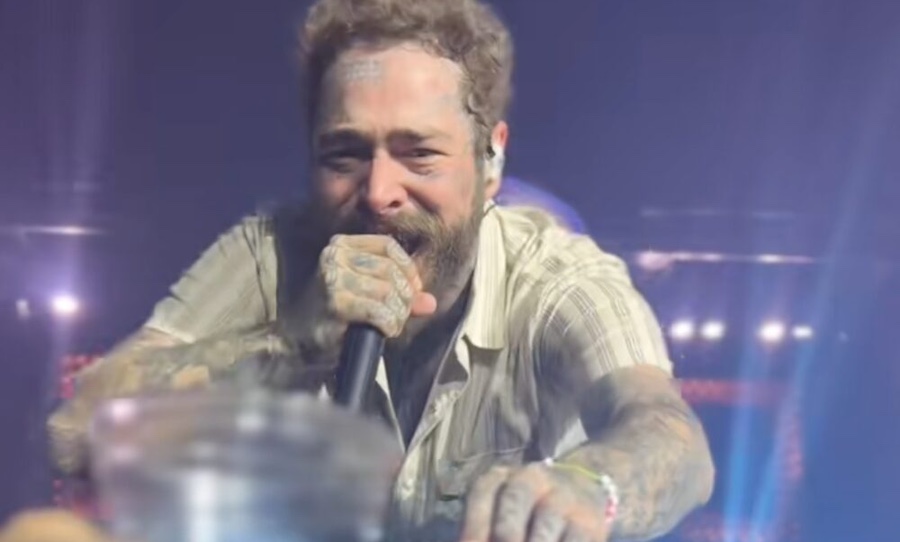And because of Morrison, multiple new modelling indicates that the NSW lockdown and restrictions need to be extended until September.
Wake me up when August ends, Morrison.
During half of Australia’s lockdown, Prime Minister Scott Morrison stated that he ‘takes responsibility’ for the extremely slow COVID-19 vaccine rollout, but refused to apologise.
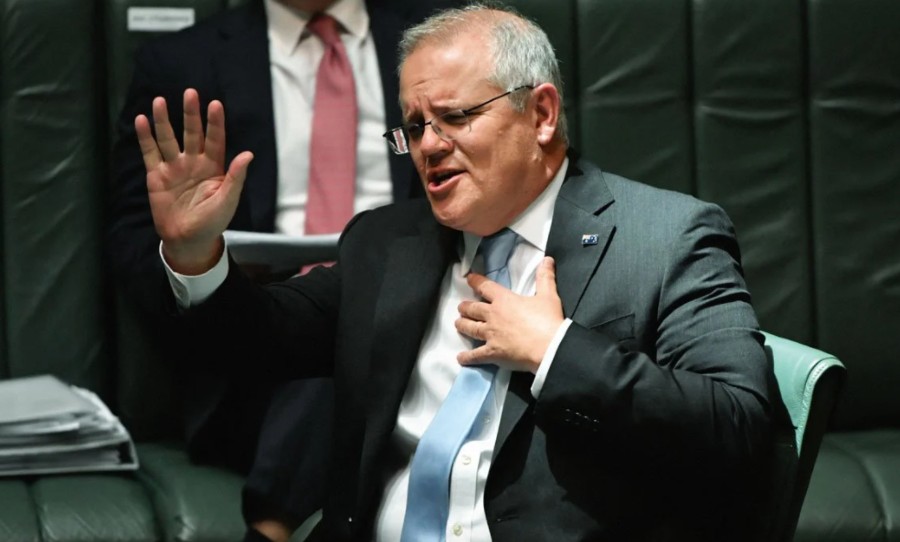
Despite this, Australia is now tracking well with the vaccination program:
“I take responsibility for the problems that we have had, but I am also taking responsibility for the solutions we’re putting in place and the vaccination rates that we are now achieving,” Morrison stated.
#auspol #ScottMorrison #ScottyDoesNothing
But, but, #ScottyTheBlameShifter takes “responsibility”, doesn’t he?
What’s the old song lyric, ‘Sorry seems to be the hardest word.’ https://t.co/QfZ9NlNecV— Last Cat On Mars (@jayverney) July 21, 2021
Morrison spoke from his residence, The Lodge, where he is quarantine,
“What matters is how you fix the things that need to be fixed … today, with the most recent seven day’s data, we finally hit that mark of a million doses in arms in a week.”
The fluctuations with COVID-19 have affected the vaccine program, with it currently being two months behind the planned schedule made at the beginning of 2021.
However, if this rigorous vaccination flow continues, vaccines will be available to all Australians by the end of the year instead of the millions currently missing out due to not meeting eligibility requirements.
Over the past week, the fully-vaccinated rate for Australia has increased by more than 2 per cent, currently at 11.5 per cent.
While the vaccine rollout is finally moving, Morrison noted that the government expects to receive advice within a fortnight about a concrete vaccination target that would allow the country to reopen.
A.k.a, when we can break free from lockdown.
#ScottyDoesNothing #ScottyTheGaslighter #ScottyFromPhotoOps #ScottyFromHairPlugs #ScottyTheBlameShifter #ScottMorrison #ScottyTheCoward #auspol pic.twitter.com/1S2fXsf2Il
— CameronSewerRat+ALEEN ALANA EMU+LEIA ELOISE DINGO (@shangalangcam) July 21, 2021
To achieve this, Sydney may need to extend its lockdown until September.
A model developed by the Populations Intervention Unit at the University of Melbourne bases the end of lockdown when the average number of new daily COVID-19 cases plummet to below five – a point we are nowhere near with 110 new cases being recorded just yesterday.
The model was developed for the Victorian government in 2020, during their severe lockdown.
It has been updated with Sydney’s restrictions and population data in conjunction with current mobility data.
The infectiousness of the Delta COVID-19 variant has also been included in the model, which is the third model recently released in weeks that demonstrates the Sydney lockdown is destined to bleed through August.
The model was run 10,000 times to account for uncertainties and accuracy.
It showed with the current settings of Sydney’s Stage 4 lockdown.
The threshold would be reached by September 4. But it also showed the target could potentially be met earliest by August 26 or as late as September 16.
The model indicates that under the previous measurements of Stage 3 lockdown, cases would not plummet until even later, on September 21.
Driss Ait Ouakrim, the researcher who led the study, said that if we reached an average of five cases a day in a two week period, we would have certainty that transmission in the community would be eliminated, therefore reopening the country.
A promise that Morrison has historically failed to deliver.
To corroborate this, modelling released by the University of Sydney outlined that if 80 per cent of the population were actually isolating as directed, it would only take until mid-August to decrease case numbers to below 10.
The leader of the USYD modelling, Mikhail Prokopenko, said all three of these models indicated that a stronger response was needed to the Sydney outbreak than what was implemented on the first day of lockdown, June 26.
“They were not Stage 3 restrictions. In Melbourne there was a list of essential workers that were allowed to leave their home. In Sydney we did not have a list. It was just determined by whoever,” he said.
The unclear restrictions for workers in Sydney have left thousands of business owners confused and struggling for the duration of this lockdown with not knowing whether their business was deemed essential or not.
Prokopenko said that the stronger constraints that were applied last weekend were enough to suppress the outbreak.
He said that more measures like reactivating JobKeeper-style support for workers would be needed to ensure the population complied with lockdown restrictions.
